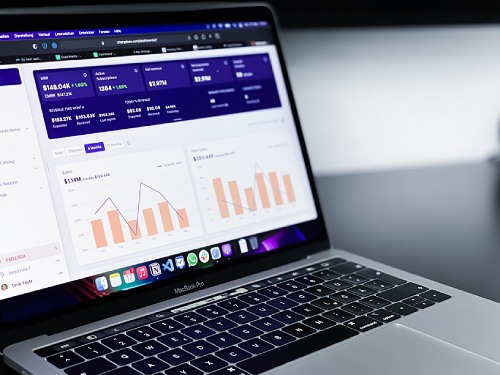How to Tap Successful Predictive Analytics

If you’re wondering how to tap successful predictive analytics, you’ve come to the right place. This article will teach you the basics of developing an accurate predictive model, integrating it into your workflow and processes, and monitoring its results. While predictive analytics can significantly impact your business, it may not be as straightforward as simply plugging in data. Therefore, it would be best to consider the following tips to get the most out of it. Here are ways in tapping successful predictive analytics.
Identifying false positives and negatives
While determining whether a given prediction model is valid is very complex, it is possible to minimize the number of false positives and negatives. Predictive analytics algorithms comprise several statistical statistics, including sensitivity, specificity, and a measure of ambiguity. The first statistic, sensitivity, indicates how often the phenomenon will occur within a population. In the case of predictive analytics, the ratio of False Positives to False Negatives is often used to prioritize the application of predictive analytics in a particular organization.
A binary classification model is a statistical model with two possible outcomes. It is often used in medicine to identify potential drug reactions. A binary classification model has two possible effects: a true positive and a false negative. As a result, a higher sensitivity means the model is more accurate. The false-positive rate refers to data that was wrongly identified as abnormal. Conversely, a higher specificity indicates a higher likelihood of identifying the right drug.
Developing an accurate predictive model
Developing an accurate predictive model for predictive analytics starts with defining the purpose of the model. Specifically, it is essential to state what level of predictive accuracy is acceptable for your ideal. You may need to generate system-specific predictions or test a general theory. In this stage, you must also define what characteristics you would expect from your model. Finally, you must test your model by comparing the results with available data.
The time series model consists of a series of data points over time. For example, if a group of patients makes the same number of phone calls daily, then that group will likely purchase the product. In other words, one group may be at risk for diabetes. The Prophet algorithm is used in time series models. Facebook uses it for forecasting. This algorithm can predict future sales based on a given amount of data.
Integrating predictive analytics into existing workflows and processes
To implement predictive analytics successfully, you should establish clear objectives and build the infrastructure necessary to support it. In addition, you should define success, launch early predictions, and maintain your data. But, first, decide what kind of data you want to predict. For example, if you’re trying to predict warranty needs, you should dive into data related to broken and repaired products. Once you have identified these data sources, you can use predictive analytics to determine how much warranty coverage is needed.
Predictive analytic models should be tested and refined over time to become more accurate. They should start with historical data because this helps them understand their path. Next, the model should predict proven outcomes. Keep in mind that predictive analytics will be effective only if they’re constantly updated. If you’re not continually evaluating the models, you will have inaccurate predictions. You should consider integrating predictive analytics into your workflows and processes.
Monitoring predictive analytics results
One of the keys to a successful predictive analytics project is monitoring the results of the model. While the actual process of developing a predictive model can be complex, the data and the mathematical model are the foundation of a successful program. Then the model is used to create the desired results, which may be a new product or service. The final step of a successful predictive analytics project is to implement a feedback loop that allows for monitoring the model’s results.
To maximize predictive analytics, businesses must identify their most profitable customers. This information can be derived from the data collected, allowing them to optimize their marketing spending. To monitor predictive analytics results, companies must segment customers according to the factors that matter most to them. Once they understand which customers are most profitable, they can target their marketing campaigns and investments accordingly. This will ensure the marketing budget is allocated to the most profitable segments and markets.
—
This article is copyright © BlogWidow.com. Please do not reprint without permission.
Photo by path digital on Unsplash


